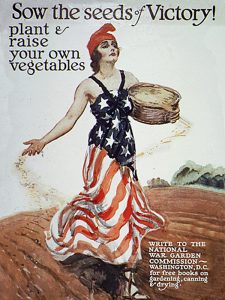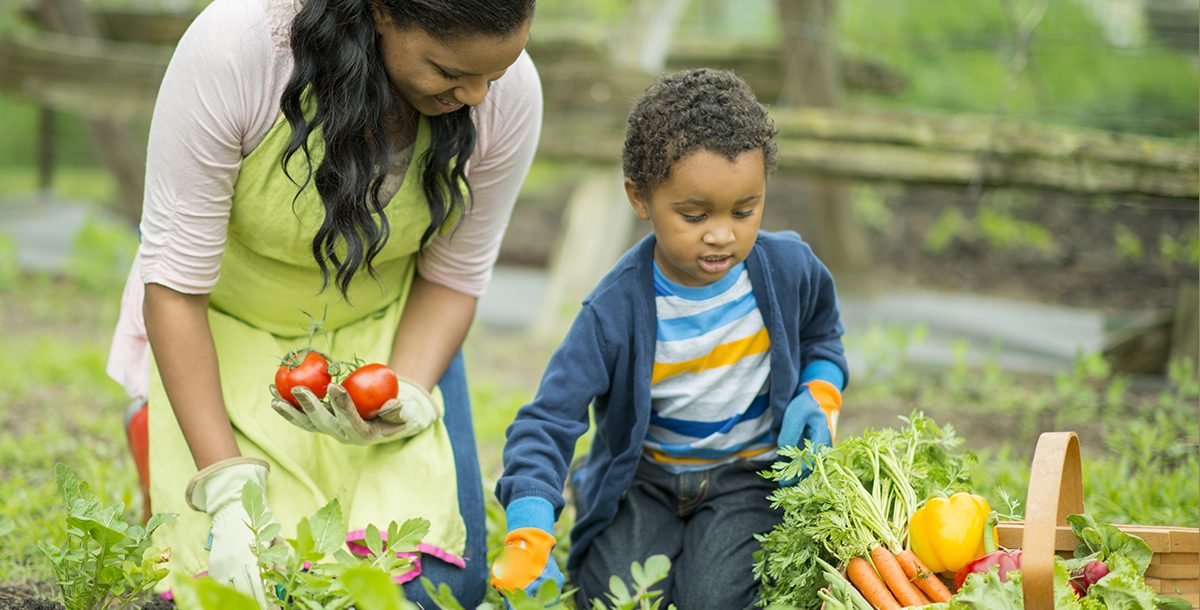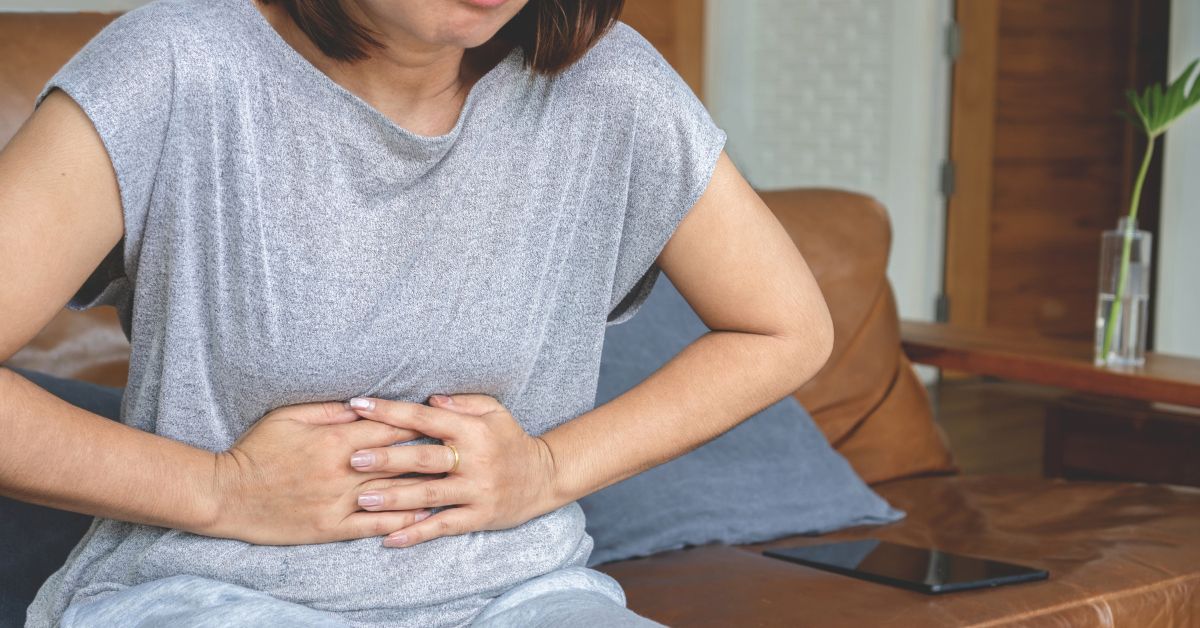During World War I, the federal government urged Americans to plant “victory gardens” to grow their own fruits and vegetables, because many farmers had been drafted into the military. Today the COVID-19 crisis has also created challenges for the food supply, and victory gardens are being planted again across the country.
The origin of victory gardens

In the midst of war, victory gardens provided not only food, but a sense of purpose, pride and decreased fear of food shortage during an uncertain time. People across the U.S. were encouraged to “sow the seeds of victory.” World War II saw the resurgence of victory gardens, and First Lady Eleonor Roosevelt even planted one in the White House lawn.
Today, the COVID-19 pandemic has led to a sense of uncertainty again. It has also made it more stressful to go to the grocery store as often for fresh produce, and harder to find some canned and frozen goods. In response to these concerns, victory gardens are being planted again across the U.S.
Health benefits of gardening
Gardening has been linked to a number of health benefits, including reduced symptoms of depression, anxiety and stress. It increases physical activity and cognitive function. Notably, gardening also increases the sense of community, something we can all benefit from while practicing social distancing.
Additionally, gardening is a great way to introduce new fruits and vegetables to children — and adults. Most Americans do not consume the recommended servings of fruits and vegetables daily. Growing their own fruit and vegetables has been shown to increase intake and willingness to try new foods.
Getting started
If you have never planted anything before, the idea of starting a garden can be daunting. However, there is an amazing sense of joy to be had watching your sprouts pop up, and nothing tastes better than a fruit or vegetable you grew yourself.
It doesn’t take fancy equipment or much space to get started, either. Old yogurt containers, egg cartons, and plastic cups can be used as starter pots. Summer squash, zucchini, green beans, peas, and carrots are some of the easiest vegetables to grow, even from seeds.
Many vegetables bought from the grocery store can even be regrown from the scrap ends. Celery, lettuce, and herbs are extremely easy to regrow. Simply put the cut end in a small bowl and keep the bottom covered with water. Within a few days you will see small roots and new leaves start to emerge.
Learn more about what crops grow best in Virginia and South Carolina.
Also, check out these resources for more tips on starting your own resiliency garden, and watch the good times grow!
- SNAP-ED provides resources for gardening on a budget and using SNAP dollars to purchase plants and seeds
- USDA’s Team Nutrition provides free lesson plans and activity guides for all ages
- USDA resources for growing herbs, fruits, vegetables and more at home
- USDA Urban Agriculture offers resources for those wanting to grow a bigger garden





